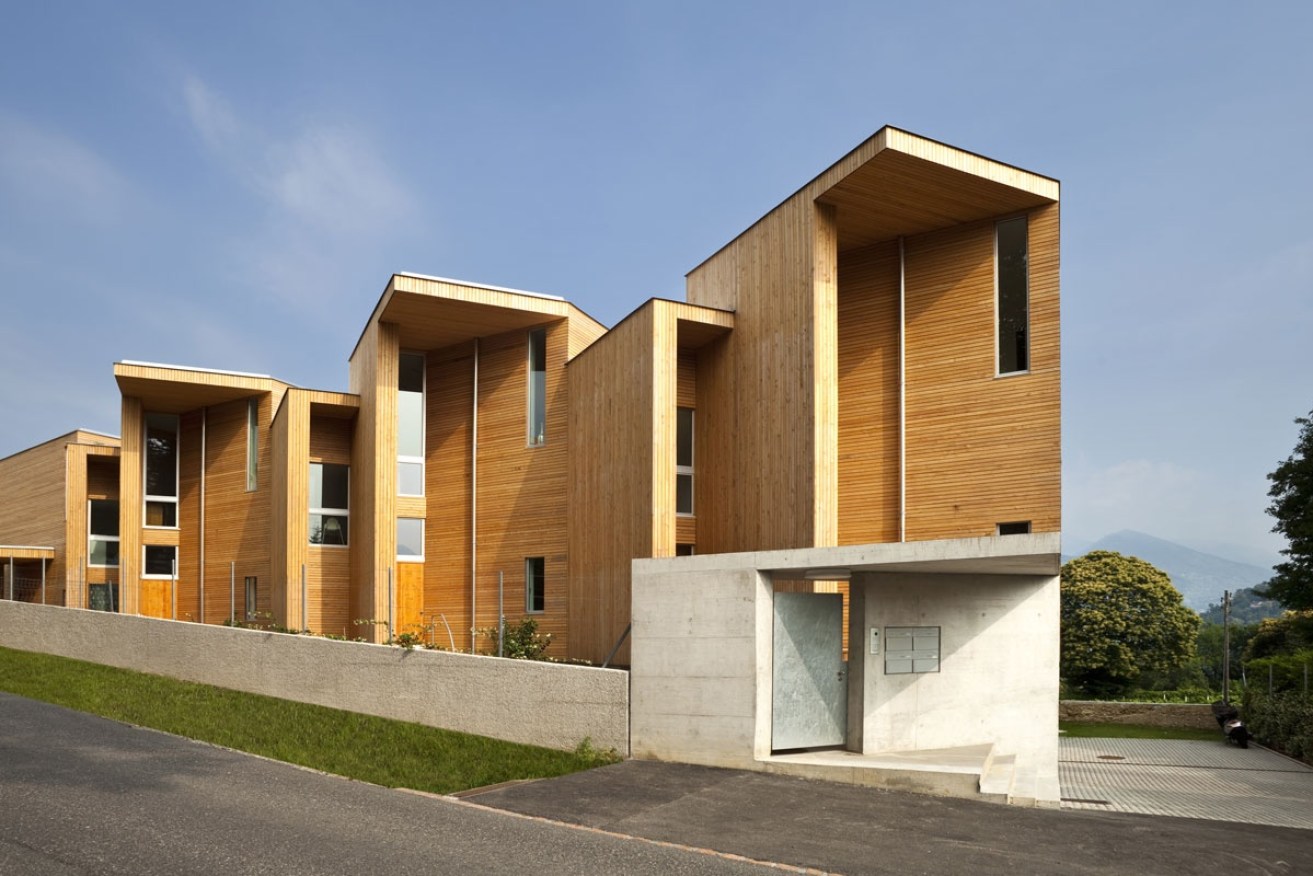Six tips to go green in your next home

ShutterStock
The future of real estate revolves around increasing environmental awareness. In these bottom-line driven times, a simple decision now can mean a serious financial advantage down the track.
Whether you’re searching for your first home, purchasing land on which to build, downsizing, or simply looking for a larger home to accommodate a growing family, you should consider ways to make your home eco-friendly well before making a purchase.
Location and landscaping
When purchasing a home or the land on which to build one, you need to give serious consideration to location. Land with plenty of shrubbery and established trees will give owners a green advantage over those whose homes lack this kind of landscaping. If building, be sure to consult your local council over existing flora so you know your options and obligations.
Those planning to build their own homes should also consider whether the land allows for construction of a partially subterranean home. Houses built into the side of hills leave lower carbon footprints, due to the insulating nature of soil, which naturally decreases the usage of energy intensive heating and cooling systems.
Energy-efficient windows
Whether you’re purchasing a home, building a home, or simply updating your current dwelling, upgrading windows for maximum energy-efficiency may be the most important action toward going green. Existing windows should be fitted with high-quality double glazed panes. Windows in new homes should be deeply recessed for best results. Like subterranean planning, you will be instantly rewarded with a reduced reliance on central heating and cooling.
Materials for home interiors
Be sure to use earth-friendly materials for your home’s interior. Rather than installing entirely new wooden cabinetry in a kitchen, refinish old cabinetry or fashion it from recycled wood. For countertops, consider using stylish green materials such as bamboo, polished concrete or pressed, recycled paper. Kitchen storage and surfaces constructed from these resources are durable as well as trendy and will certainly add value to your new home. There is no need to sacrifice style when you seek out fantastic recycled materials.
When installing flooring, consider renewable cork flooring or glazed/polished concrete in place of hardwood floors. Concrete is notoriously energy-intensive to produce, but it conducts heating and cooling in a way that out-performs its usual rivals. Bamboo also makes an excellent green flooring material.
Green household textiles
A truly green home will be filled with eco-friendly textiles. Naturally, homeowners should consider recycled and renewable resources when selecting window coverings. Blinds constructed from renewable bamboo look stunning in modern homes. Curtains and other cloth coverings could be constructed from renewable and organic sources. These textiles are processed and dyed with a lower chemical treatment than the more carbon-intensive alternatives. Other textiles in your home, from upholstery to area rugs, can also come from renewable and organic resources. Avoid petroleum-based synthetic fabrics, which contribute to the emission of greenhouse gasses.
Earth-friendly home decor
Textiles aren’t the only decorations you use in creating a pleasant home environment. Every decoration in your home, from wall hangings to shelving, from curio collections to candles, can be eco-friendly. Get creative with your interior decorating. Repurpose pre-loved items as wall hangings, or craft your own lamps from recyclables. Rather than purchasing new decor, find antiques or second-hand items that suit your tastes and incorporate them into your home’s interior. Refinishing used decor and furniture will add new life to your home as well. There are dozens of websites dedicated to pre-loved goods at bargain basement prices.
Updated home appliances
Never bring outdated appliances into a new home. Save money and energy by purchasing new, energy-efficient appliances. If you cannot initially afford to replace all of your home appliances, make a goal of replacing one major appliance a year until every appliance in your home meets the highest industry standards for energy efficiency. Keep in mind that gas appliances are preferable to electric, due to their efficacy and higher energy ratings.
Today’s housing market increasingly looks toward eco-friendly designs, and every homeowner or prospective buyer can take steps to ensure that their house contains green features. Making your new home green involves acts as simple as planting a tree out front and as complicated as designing a partially subterranean house. Every step toward reducing your home’s carbon footprint is a step toward a greener future.
This article first appeared on SuperBiz.








